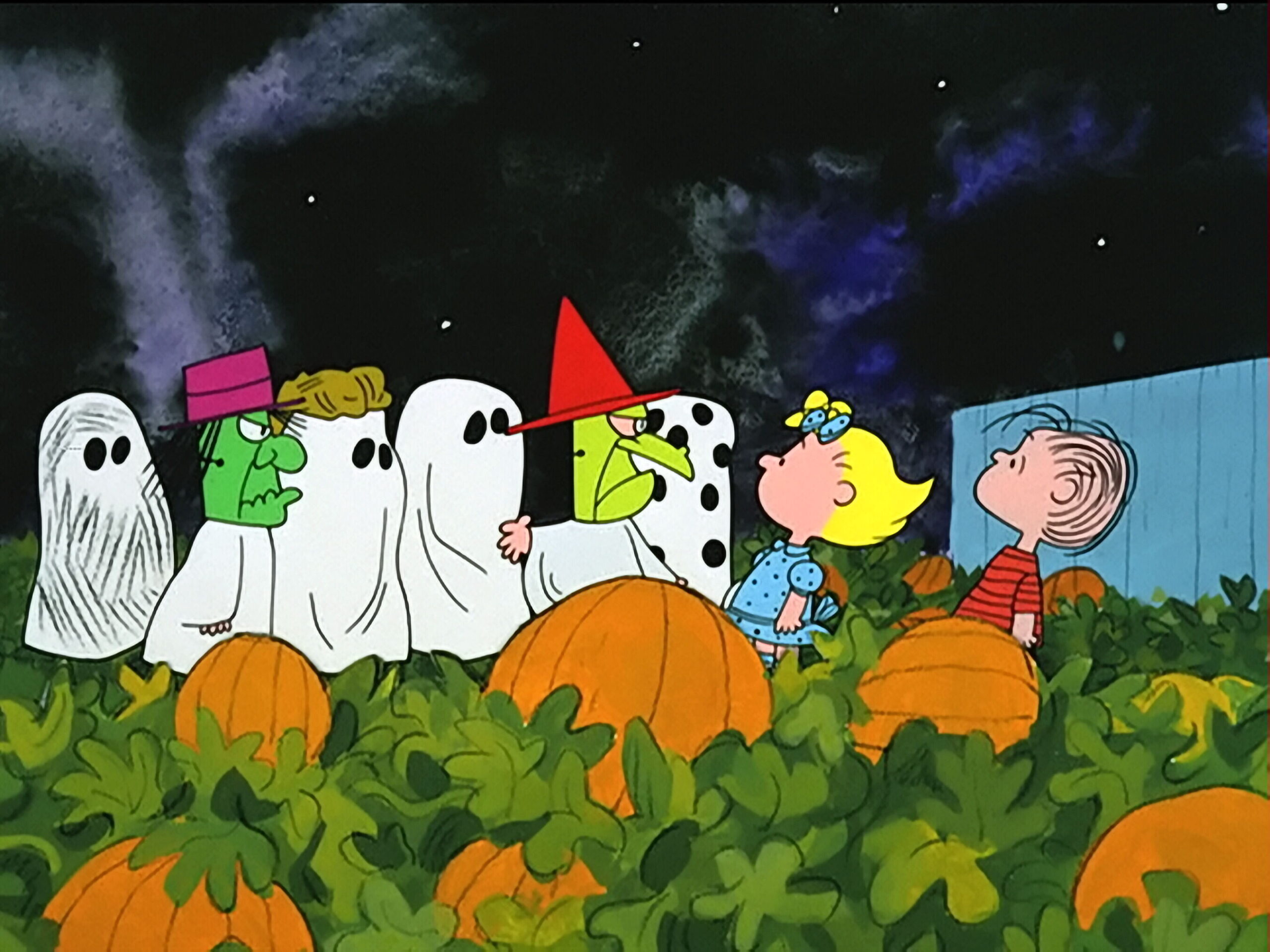
Creating a Sensory-Safe Halloween for Autistic and Non-Verbal Children (Part 2)
Welcome back to the second installment of our guide on creating a sensory-safe Halloween! In Part 1, we explored understanding sensory sensitivities and identified places to avoid and activities to embrace. Now, we venture deeper into the heart of Halloween celebrations: your home. Let’s discover ways to make it a haven of spooky yet soothing fun.
Setting a Sensory-Safe Environment at Home:
- Tone Down the Decor: Soft decorations without flickering lights can make a big difference. The Autism Site Blog suggests this approach to foster a more inclusive environment.
- Interactive Decor: Engaging DIY decorations, such as sensory bins filled with Halloween-themed trinkets, can serve dual purposes. Inspired by insights from Autism Parenting Magazine.
- Soothing Sounds: Instrumental Halloween music or nature sounds can set a serene yet festive mood without being overwhelming.
- Familiar Faces: Using family photos to create fun Halloween-themed frames can offer a touch of familiarity amidst the Halloween changes.
Sensory-Safe Foods:
- Homemade Treats: Baking together can be a therapeutic and fun activity, as echoed by many autism advocates.
- Taste Test: It’s essential to introduce new foods gradually, especially for children with sensory sensitivities.
- Safety First: Always ensure that Halloween treats are allergen-free, as many children with autism may have specific dietary needs.
Games and Entertainment:
- Pumpkin Bowling: Engaging in tactile games like pumpkin bowling can be both fun and sensory-friendly.
- Shadow Puppets: Introducing spooky themes with shadow puppet shows can be a gentle and engaging method.
- Halloween Sensory Bottles: Such tools can act as calming agents, a suggestion supported by several autism specialists.
Every child, whether non-verbal, autistic, or neurotypical, deserves to experience the joy of Halloween. As we navigate this season, let’s keep in mind the quote by Dr. Stephen Shore: “If you’ve met one person with autism, you’ve met one person with autism.” Individual needs may vary, but the essence of the festival remains universal – to have fun and share joy.
Embracing a sensory-friendly approach to Halloween does not mean diminishing the festivity’s magic. Instead, it’s about creating a space where everyone feels included, safe, and celebrated. By being aware and considerate of sensory sensitivities, we can create a memorable experience for every member of the family.
Thank you for joining us on this journey. We hope these tips and suggestions help create a harmonious and joyous Halloween for all. From all of us at Give Kids A Voice, have a spooktacular Halloween!


No Comments